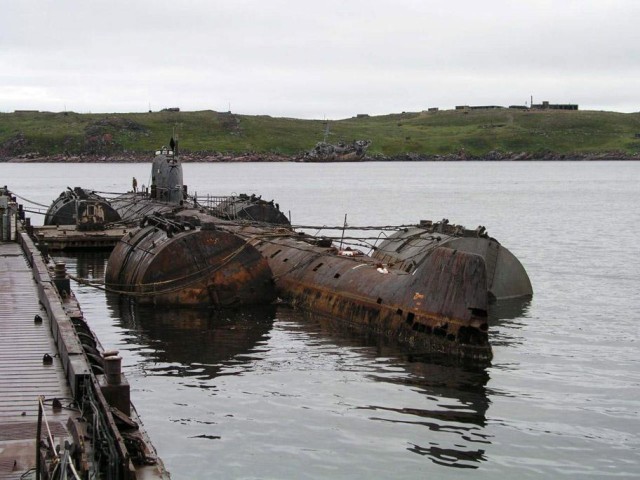
Norway’s environmental prosecutor fines Equinor a record amount following Bellona complaint
Økokrim, Norway’s authority for investigating and prosecuting economic and environmental crime, has imposed a record fine on Equinor following a comp...
News

Publish date: February 14, 2025
News
In a post on social media, Zelensky called the damage “significant” but said that there were no signs of increased radiation at the plant, the site of the worst nuclear accident in history. Denys Shmyhal, the Ukrainian prime minister, said Friday morning that emergency crews had extinguished a fire at the site. A Kremlin spokesman denied that Russia had attacked the plant.
The structure that was damaged — called the New Safe Confinement— was installed with EU to seal in vast quantities of radioactive isotopes from the fire and meltdown in 1986 at Chernobyl’s Reactor No. 4, and was intended to last generations. The enormous dome—which is the world’s largest movable land-based structure—was installed in 2016 to augment the ad-hoc cement sarcophagus installed by the disaster’s original liquidators, and which began to fail in 2005.
According to inspectors from the International Atomic Energy Agency who are located on-site, there are no signs of internal structural damage, and radiation levels inside and outside the structure remain normal. No casualties have been reported.

“A drone or missile strike on the new protective shell could potentially damage or collapse the structures of the old sarcophagus inside,” Dmitry Gorchakov, a nuclear advisor at Bellona Environmental Transparency Center, said.
The new 108-meter-high structure, resembling an enormous airplane hangar and built to last 100 years, is the main radiation shield protecting the Chernobyl personnel who are working to decommission the remains of No 4 reactor—which still includes enormous blobs of melted-down, highly radioactive uranium fuel mixed with cement and steel. It also encloses high-tech robotic devices that perform dismantlement tasks that are too dangerous for humans to undertake.
“A potential full penetration of the new confinement and damage to the old sarcophagus could lead to the collapse of aging structures, the release of radioactive dust, and its dispersion beyond the protective shell through the resulting breach,” said Gorchakov. “In this case, the drone pierced the outer cladding of the confinement, with its debris and engine—resembling the engine of a Shahed drone used by Russian forces—and lodged between the outer and inner layers of the New Safe Confinement without breaching the internal structure or damaging the old sarcophagus.”
Gorchakov’s appraisal was backed by reports from Ukrainian authorities. But the structure’s vulnerability to future attacks remains. It is also unclear whether the structure was actually the target of the attack or was just collateral damage caused by an errant drone.

But Gorchakov warned that such an incident was only a matter of time, given the Chernobyl site’s location below a flight path used for Russian attacks on Kyiv.
Bellona has repeatedly warned of the risks of shelling and drone strikes on Ukraine’s nuclear facilities. Alexander Nikitin, a nuclear advisor at Bellona, believes that this time, people in the potential contamination zone were lucky. “But luck may not last forever,” he concludes.

Økokrim, Norway’s authority for investigating and prosecuting economic and environmental crime, has imposed a record fine on Equinor following a comp...

Our op-ed originally appeared in The Moscow Times. For more than three decades, Russia has been burdened with the remains of the Soviet ...

The United Nation’s COP30 global climate negotiations in Belém, Brazil ended this weekend with a watered-down resolution that failed to halt deforest...

For more than a week now — beginning September 23 — the Zaporizhzhia Nuclear Power Plant (ZNPP) has remained disconnected from Ukraine’s national pow...